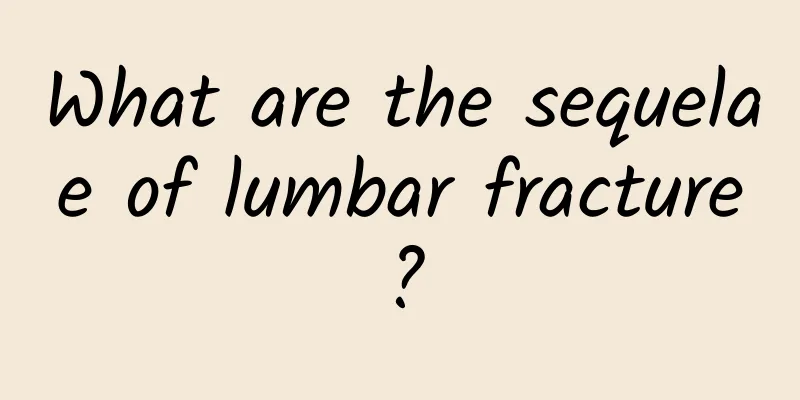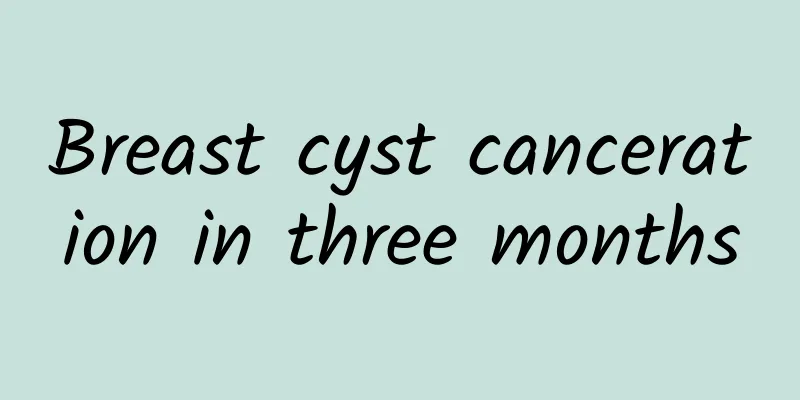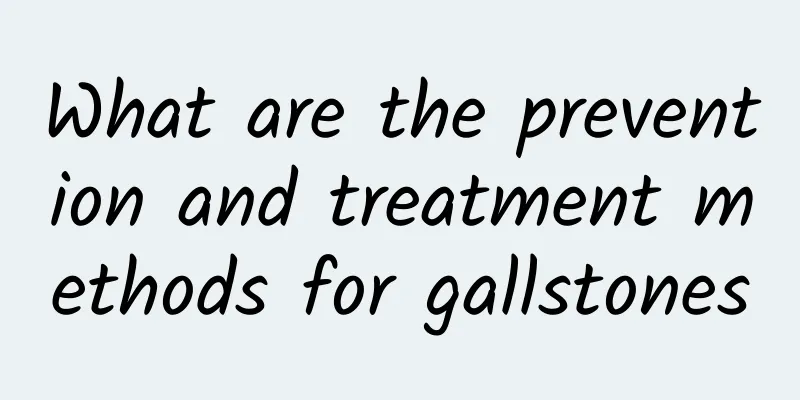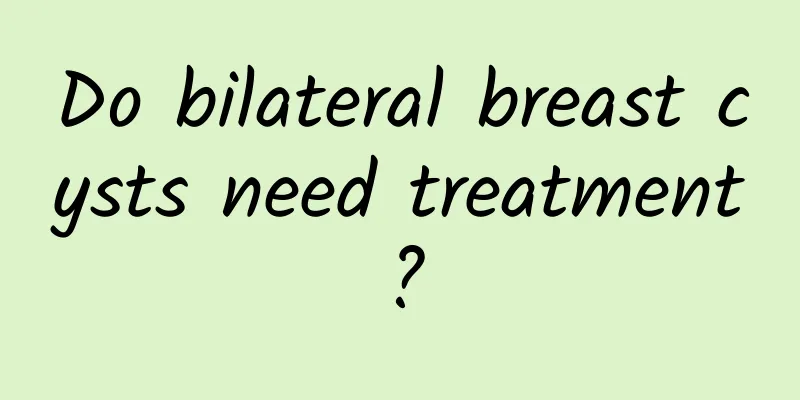What are the symptoms of tenosynovitis?
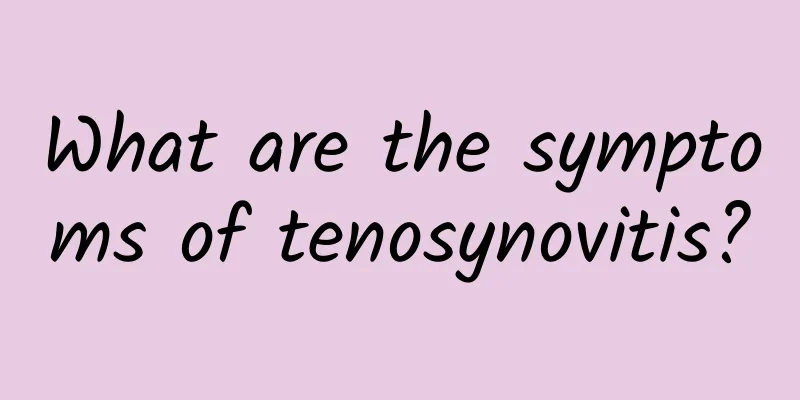
|
The main symptoms of tenosynovitis include local pain, swelling, limited movement, and tenderness when touching the joints. If the symptoms persist or significantly worsen, you should seek medical attention as soon as possible to avoid worsening of the condition. 1. Pain and Discomfort The typical symptom of tenosynovitis is pain in the joint area, especially when using the fingers, wrists, ankles, etc. The pain may be constant or it may be a stabbing pain that occurs with certain movements. Some patients may feel a burning sensation or dull pain in the tendon sheath area. 2. Local swelling or stiffness Tenosynovitis is often accompanied by swelling, especially when the inflammation is severe. The swelling may limit the flexibility of the local joint and cause stiffness, especially in the morning or after a long rest. 3. Tenderness and movement disorders Patients with tenosynovitis are often particularly sensitive to pressure near the joints and feel obvious pain when touched. In severe cases, movement may be limited, such as being unable to make a fist, stretch your hand, or stand on tiptoes freely. 4. Snapping or "locking" phenomenon Some types of tenosynovitis, such as stenosing tenosynovitis, may cause a snapping or "catching" sensation when the fingers are extended or flexed, and in severe cases, may require force to move. Coping and treatment recommendations 1. Over-the-counter drugs: Non-steroidal anti-inflammatory drugs such as ibuprofen can be used to relieve pain and inflammation, but they must be used under the guidance of a doctor and avoid long-term use. 2. Local care: Ice compress or moderate heat compress can help relieve local discomfort, 15-20 minutes each time, several times a day. Avoid repetitive movements and allow the affected area to fully rest. 3. Physical therapy: Acupuncture, ultrasound therapy or professional rehabilitation therapy can help relieve symptoms. Wear a brace to fix the injured part if necessary. Early intervention of tenosynovitis is very important. If symptoms worsen or intervention is ineffective, you should go to the orthopedics or rehabilitation department as soon as possible to receive systematic examinations and targeted treatments, such as local hormone injections or surgical release, to promote complete recovery. |
<<: What calcium is good for women with osteoporosis?
>>: Thickening of the ligamentum flavum Spinal stenosis
Recommend
What are the early symptoms of hemorrhoids?
The early symptoms of hemorrhoids usually include...
Can I eat sweets if I have gallstones?
People with gallstones are not completely unable ...
What causes myofasciitis of the foot
Myofasciitis is a common soft tissue inflammation...
Perianal abscess turns into anal fistula in a few months
If perianal abscesses are not treated promptly, a...
Can Type 2 Breast Cysts Become Cancerous?
Breast cyst category 2 (BIRADS2) generally does n...
Does costochondritis cause back pain?
Costochondritis may cause back pain, especially i...
Is cervical plaster effective?
For the treatment of cervical spondylosis, patien...
Can gallstones be cured by traditional Chinese medicine?
Can gallstones be cured by TCM? TCM has a certain...
What are the causes of congenital heart disease in children?
Congenital heart disease in children is closely r...
Enterovirus infection
Enterovirus infection is a relatively common heal...
How to treat frozen shoulder?
Frozen shoulder, the name sounds like it makes pe...
What medicine can be used for perianal abscess
For perianal abscesses, the effect of drug treatm...
How to treat symptoms of musculoskeletal muscle pain
How to treat symptoms of musculoskeletal muscle p...
Is surgery necessary for bile duct stones?
Bile duct stones do not always require surgery, a...
How to treat breast nodular cystic hyperplasia
Treatments for breast nodules, cysts, and hyperpl...
